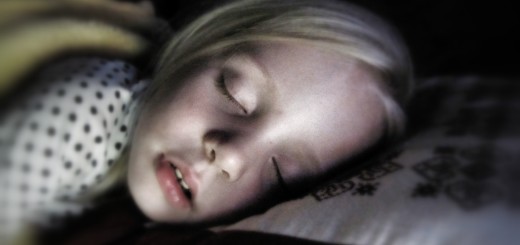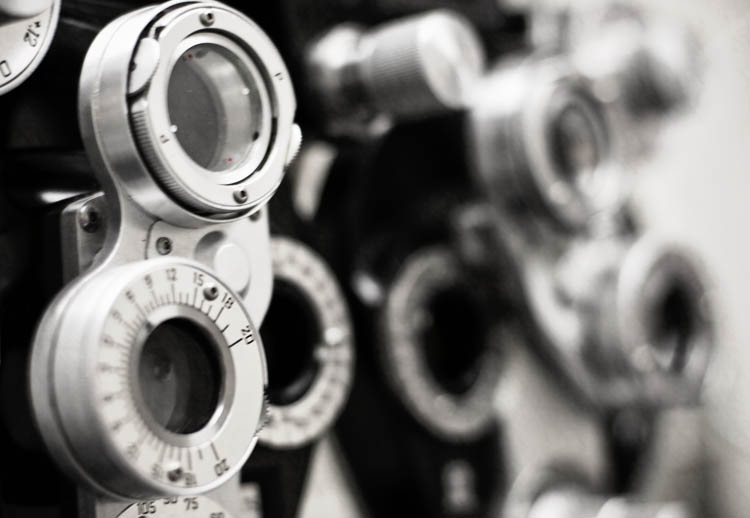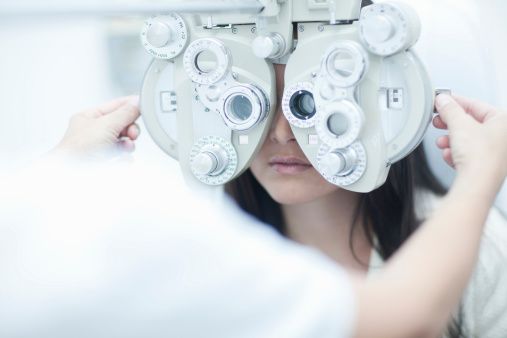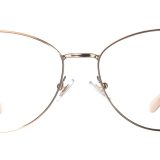Help! My Child’s Eyes are Crossed!
Have you ever noticed a very young child wearing very thick glasses? Often times, the problem isn’t that the child is near-sighted or far-sighted, but rather the child is being treated for something else. That is: being cross-eyed.
The appearance of crossed-eyes in children is the result of a medical condition known as strabismus. It affects up to four percent of children under the age of six years old. Technically, what is happening is that both eyes are not working together and so it looks as if they aren’t looking at the same place at the same time.
In cases of strabismus the two eyes do not work well together as a team. The brain gets confused because it gets two different messages from each eye and many children learn to just ignore the weaker image because the brain has to choose.
Although some babies may appear to have crossed-eyes, this is a normal part of infant development. But, if your child is over the age of one and still has crossed-eyes then you’ll want to get that checked out immediately. Children do not outgrow strabismus, so treatment either through special lenses, vision therapy or surgery will be needed.
Children who suffer from diseases like cerebral palsy, Apert syndrome, or who have experienced brain injuries may have strabismus associated with their condition.
If strabismus is not treated, then the eye that the brain ignores will never be able to see well. This will result in another condition commonly called: “lazy eye” or amblyopia. In some cases, the lazy eye comes first and then causes the strabismus.
In adults, diseases like diabetes or Guillain-Barré syndrome and medical problems ranging from stroke to eye and brain injuries can cause the adult onset of strabismus. Generally, if an adult seems to struggle with eyes that are crossing, double vision, eyes that won’t look in the same direction, uncoordinated eyes, or vision or depth perception loss, they should be checked immediately for the onset of strabismus. A full eye examination by a licensed doctor of optometry, like one at your closest America’s Best retailer, will lead to a proper diagnosis of the condition.
Remember, adults should have an eye exam every two years and children should be examined every year. If your child hasn’t yet had an eye examination but seems to have a problem with both eyes focusing in the same direction, schedule an appointment today.










